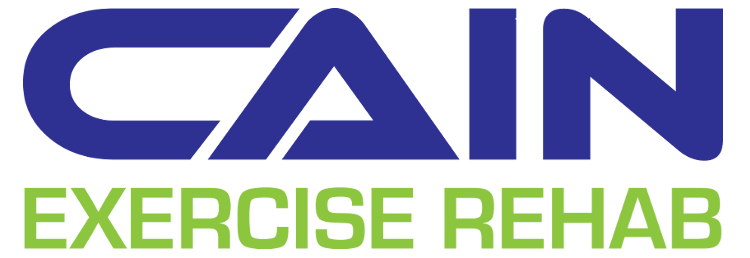Finger injuries occur both acutely and gradually from sudden incident or overuse. From sport to occupation, from rock climbing to typing, from judo to construction.
While the injury itself isn't as common as others, what is common is the tendency for individuals to ignore the pain and wait it out until the pain subsides on its own.
I suppose the thinking is, since the joints are so small and seemingly-less complex than the larger shoulder or hip joints, that there is less to be done except to let time take its course when pain onsets.
However, we know that resting and waiting out any injury can be a detriment, whether it's due to the loss of strength and range in the meantime or simply due to the development of irregular movement habits to work around the pain.
Furthermore, neglecting rehab and failing to effectively restrengthen the joint can result in a predisposition to further conditions down the road, such as osteoarthritis.
Like any other joint, a finger injury shouldn't come with the guarantee of long-term complications, but we need to treat it like those other joints and properly address and rehab it. Reattaining range of motion in the early stages will be vital to curb restrictions later down the road, and further strengthening to both the flexors and extensors of the wrist and fingers will keep the joints conditioned to be durable against the constant activity stress that work and life demand.








